These days, many of us are walking around our neighbourhoods, towns and cities much more often than ever before. If you’re like me, you probably take a few basic routes over and over—and you might be getting a wee bit bored. Fortunately, there are lots of easy ways to shake up your daily stroll. Here are just a few tips for making your walks more fun!
Note: This post contains affiliate links.
Please follow the latest government rules regarding any restrictions on travel beyond your community. Thanks!
Make a new playlist

When it’s damp and grey, it can be hard to get motivated to lace up your cross-trainers or boots. If music motivates you on the treadmill or at spin class, bring that same bounce to your step with some new tunes on your phone—or just a new playlist created from songs you already have.
As a guideline, for a brisk walk, most of your chosen songs should have about 120 to 140 beats per minute (BPM). Here are just a few of the countless tunes that fit that description (the usual speed of most dance tracks is 128 BPM, so you’re spoiled for choice).
- Moves Like Jagger, Maroon 5 and Christina Aguilera
- Push It, Salt-n-Pepa
- I Kissed a Girl, Katy Perry
- I Gotta Feeling, Black-Eyed Peas
- Come Get It Bae, Pharrell Williams
- We R Who We R, Ke$ha
- Money for Nothing, Dire Straits
- Once in a Lifetime, Talking Heads
- Respect, Aretha Franklin
- Be My Baby, The Ronettes
You should also have a somewhat slower tune or two at the beginning and end of your playlist, to warm up and cool down to.
A great source of ideas is the Walk by Jog.FM database of songs, which you can search by artist, BPM, average walking speed and more.
Just remember: If you’re walking anywhere near traffic, make sure your headphones are set at a low enough volume that you can hear vehicles.
Build in some cardio
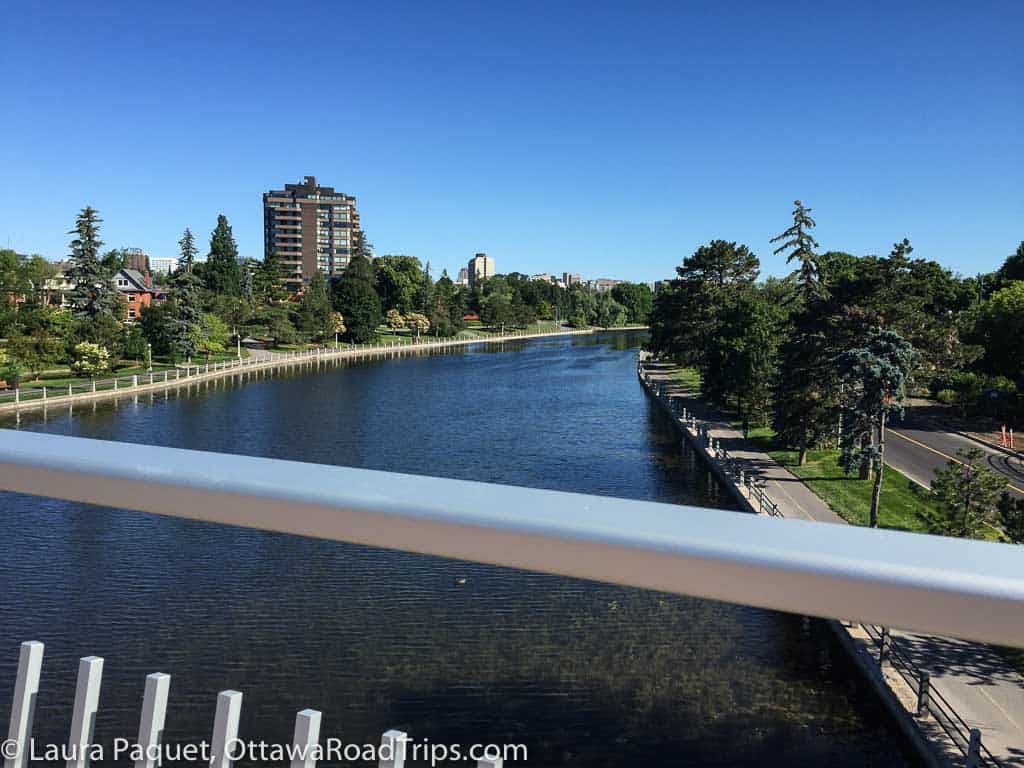
Many people think of walking as gentle exercise, and it can be. However, if you want a tougher workout, walking can offer that, too.
An easy way to do bump up the cardio is to incorporate interval training, also known as high-intensity interval training (HIIT). In a nutshell, interval training means alternating short bursts of walking as quickly as you can with longer periods where you walk at a slower pace. Its advocates believe it improves your cardiovascular fitness and helps you burn calories. The MyFitnessPal blog has a good introductory article about HIIT walking. (Check with your doctor before trying anything like this, ‘kay?)
Another simple way to build your cardio is to plan a route that includes some hills, ramps or stairs. In Ottawa, many of the bridges over the Rideau Canal—including the Laurier Avenue Bridge, the Corktown Footbridge and the Flora Footbridge—feature stairs or ramps (the spiral stairs on the Laurier bridge can rival any StairMaster, in my opinion). Elsewhere in Ottawa, the Jackie Holzman Bridge and the Juno Beach Memorial Bridge are among the many other options.
Aside from bridges, one of the longest and most scenic staircases in the National Capital Region is this one behind Parliament Hill.
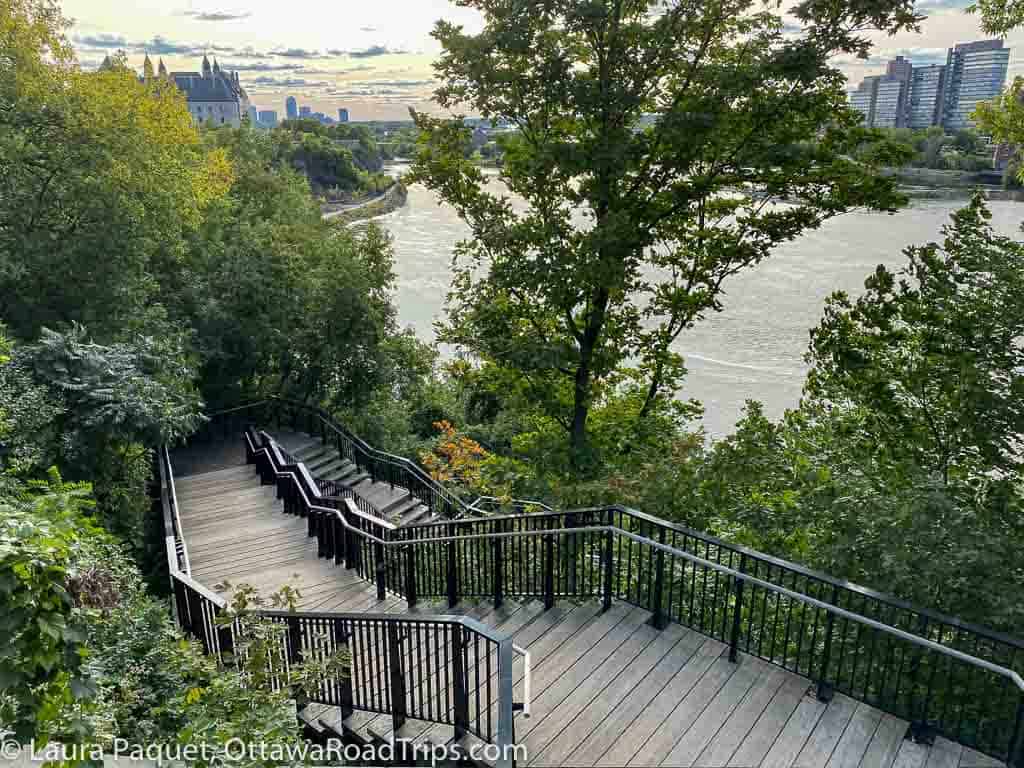
I’ll admit that I’m not as familiar with stairs and bridges elsewhere in Eastern Ontario and the Outaouais. If you have a favourite, let me know!
Be mindful
Did you know that walking meditation is a thing? It is, and it can be a lovely way to make your daily walk even more restorative.
So what is walking meditation? Basically, it involves walking a short distance slowly and deliberately, thinking about each movement and focusing on your breath. Here’s a simple guide to walking meditation from the Greater Good Science Centre at the University of California Berkeley.
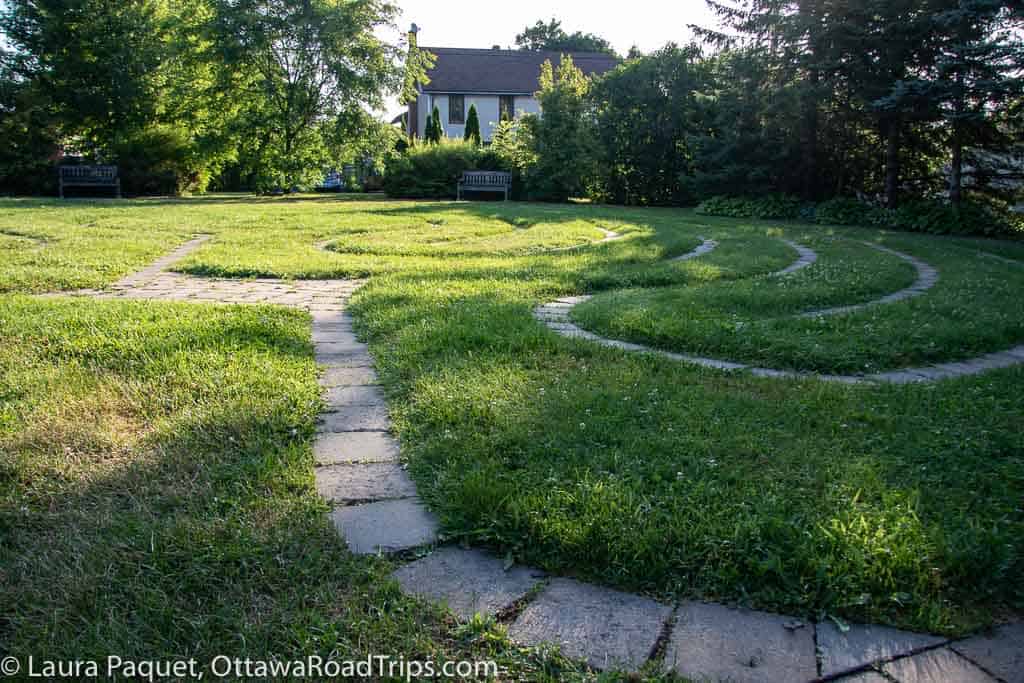
Because it can look a bit odd to passersby, you might want to try it in your yard or on a quiet country lane where you won’t be disturbed. In Lanark County, the Carleton Place Community Labyrinth behind the Carleton Place and Beckwith Heritage Museum is a lovely and free spot specifically designed for this practice.
Go birdwatching
Birding is enjoying a huge surge in popularity, and for good reason. You can do it just about anywhere—even on your balcony or in your backyard—and expenses are minimal. A pair of binoculars and a good, portable guide to local birds (such as the new edition of Pocket Birds of Canada) make it more enjoyable, but all you really need is curiosity and practice. Parks, river shores and ponds are great places to start.
Ottawa Tourism has just published a short and snappy guide to some of the birds most commonly spotted in the capital region.
In winter, there are fewer birds, but the ones that are here can be easier to see, when there are no leaves on the trees. Look for chickadees, redpolls, juncos, finches, ducks, blue jays and cardinals, among many others.
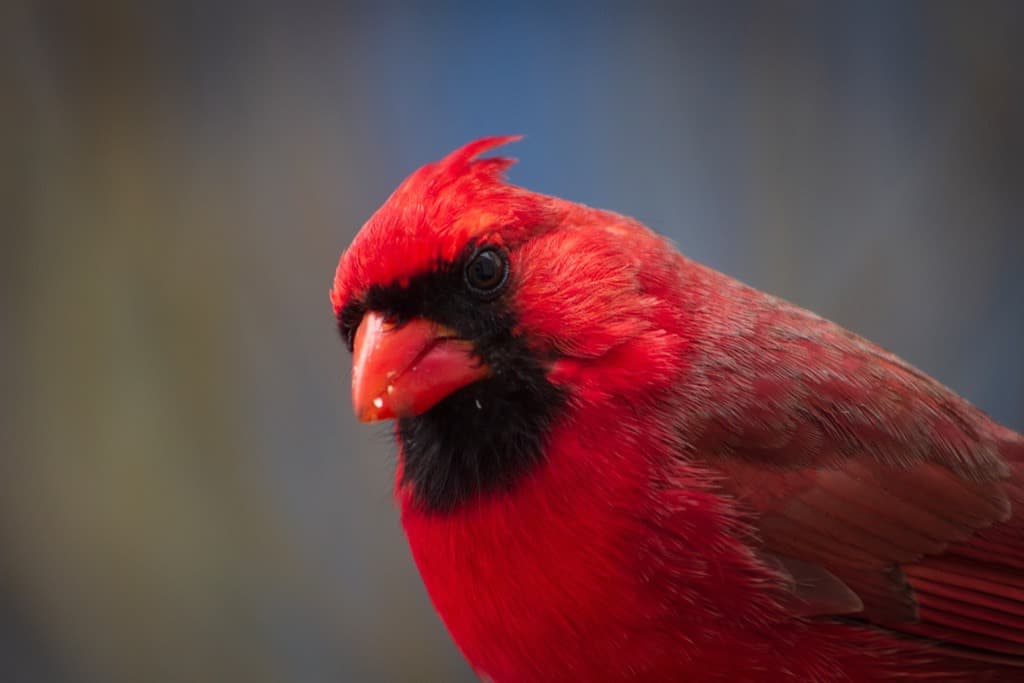
In spring and fall, a host of migrating birds pass through the region. Popular places in and around Ottawa to see migrating birds include these:
- Mud Lake and the Britannia Conservation Area in Ottawa’s west end
- Mer Bleue in the Greenbelt in the city’s east end
- Upper Canada Migratory Bird Sanctuary in Ingleside
- Perth Wildlife Reserve Conservation Area
- Prince Edward Point Bird Observatory in Prince Edward County
The Ottawa Field-Naturalists’ Club has made this excellent map of local birding locations. You can learn more about them in the related post on the OFNC website.
Wherever you go birding, stay on the trails and be careful not to disturb the birds. If you see owls, don’t publicize their location (crowds of people can really disrupt them). Don’t feed bread to birds of any kind—it’s the bird equivalent of Doritos and it could make them ill. And please avoid any spot that’s crowded!
Here’s a short, useful guide to birding etiquette.
Finally, if you’d like to learn lots more about birds around the world, I highly recommend the All About Birds website maintained by the Cornell Lab of Ornithology at Cornell University. It’s free, comprehensive and addictive (or maybe that’s just me).
Admire outdoor art
Once you start looking for it, you’ll be amazed at how much public art you can see for free outdoors. A few months ago, I wrote about outdoor art in Westboro. Also, my 15 things you didn’t know about Ottawa post includes information on the graffiti wall below the Dunbar Bridge, near Carleton University.

Further afield, Vankleek Hill and Pembroke are among the communities known for their murals.
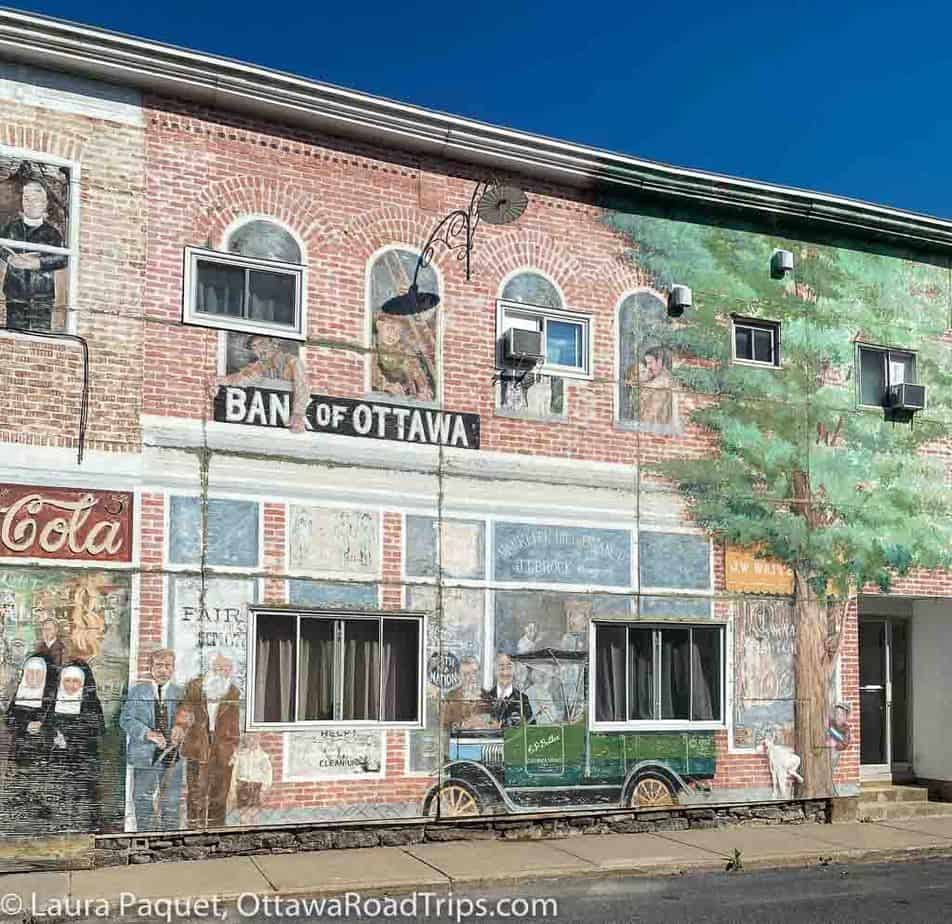
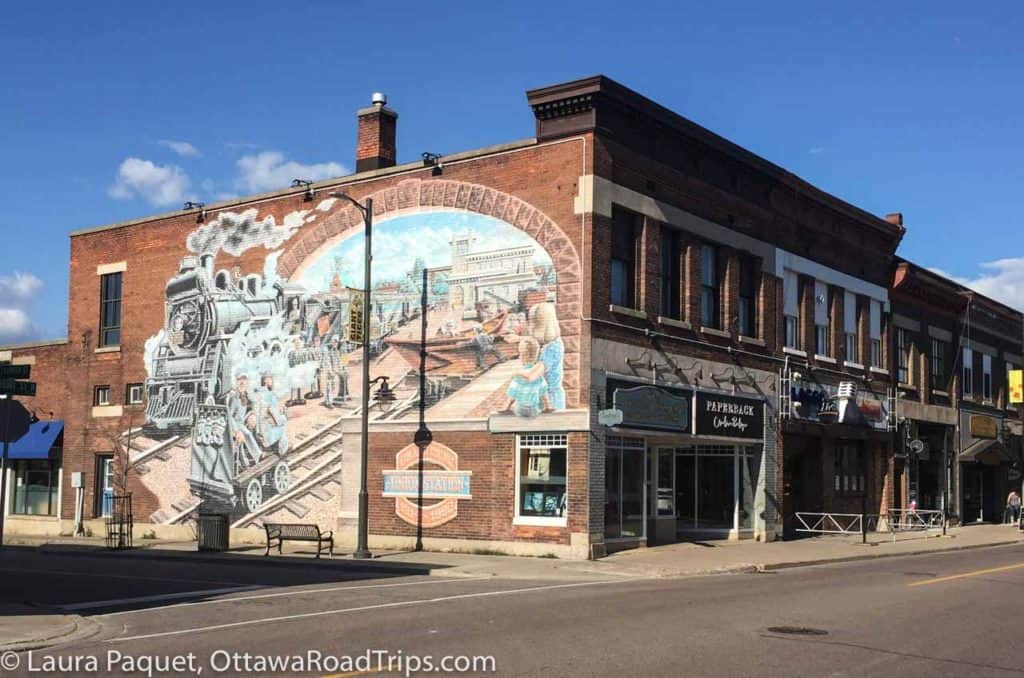
Montreal even has an entire festival devoted to outdoor murals.
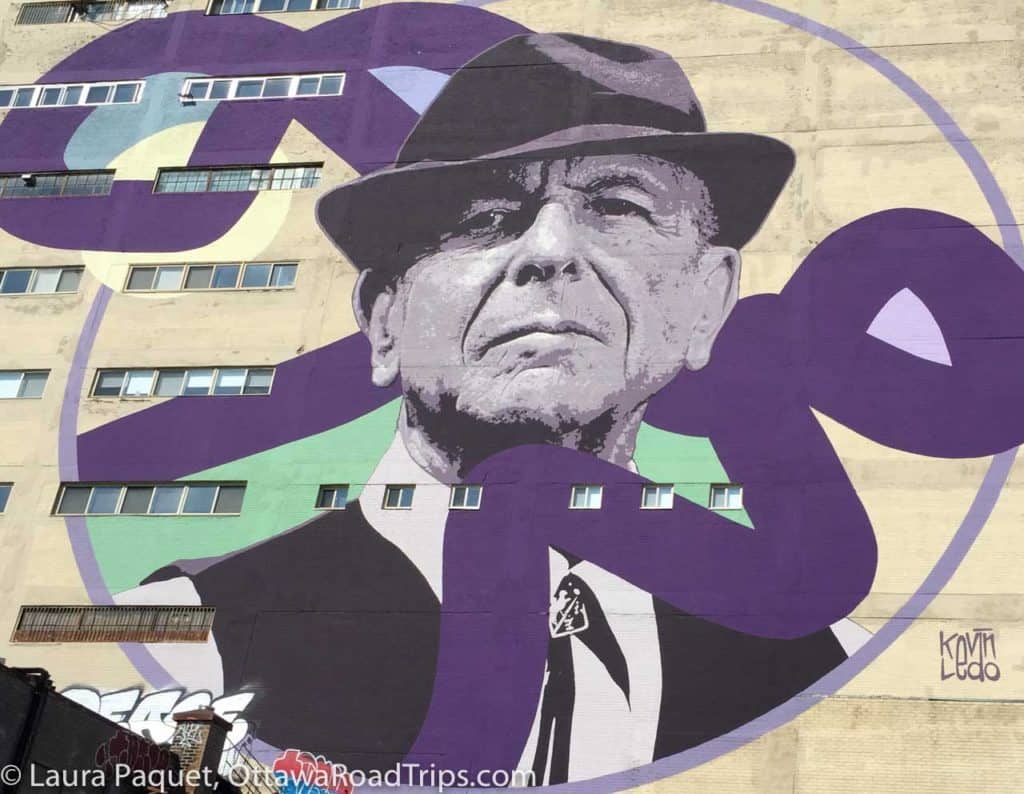
If you’re looking for public sculptures, murals and other art in your community, check out these links.
- Ottawa’s urban art (Ottawa Tourism)
- Public art in Ottawa and Gatineau (National Capital Commission)
- Public art in Kingston (City of Kingston)
- Public art in Montreal (Art Public Montréal)
Take a self-guided historical walking tour
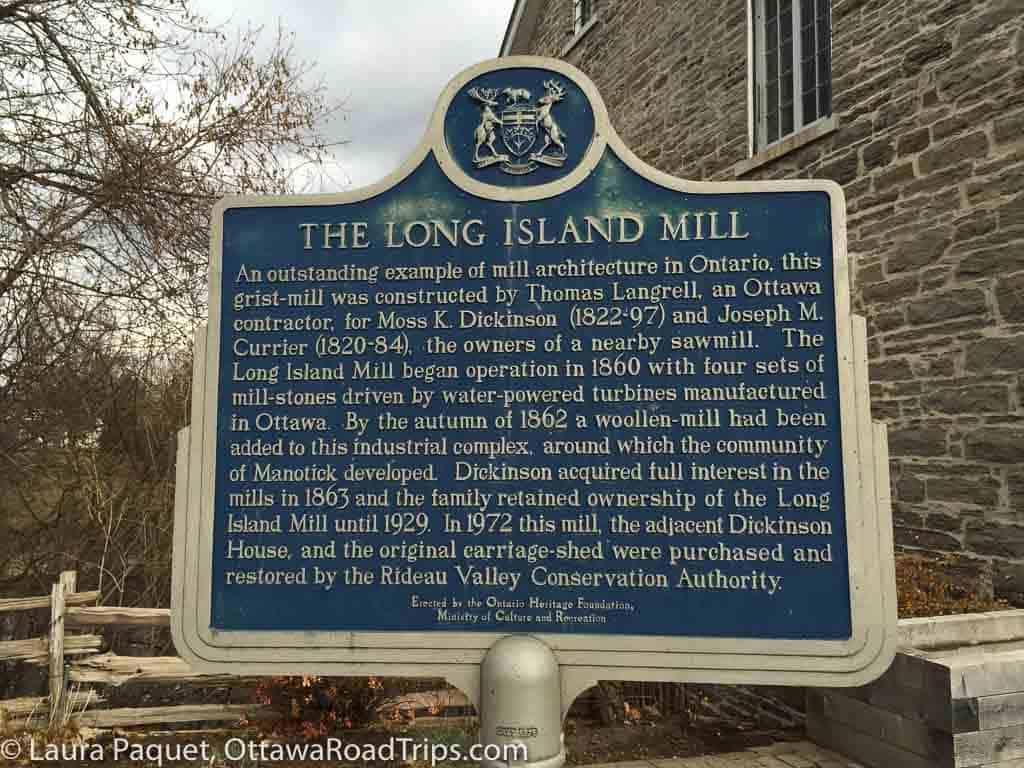
Delving into your town or neighbourhood’s history is an excellent way to get a new perspective on your community. Once you start digging, you might learn that that funny-looking old building was once a streetcar terminal or a water pumping station.
Fortunately, museums, historical societies and bloggers have created all sorts of guides to inspire your self-guided walks—even a few smartphone apps! Here are just a few of the many places to start your research.
- A self-guided tour of Parliament Hill (note that some areas may currently be off limits due to restoration work)
- The Capital Tours smartphone app (scroll down to the bottom of the linked page)
- Heritage Ottawa’s specialized guides, including small books about the Glebe, historical apartment buildings, terra cotta architecture and more
- A self-guided walk around Ottawa’s McKellar Park neighbourhood
- Another do-it-yourself Ottawa walk—this time, in New Edinburgh
- Self-guided walking and cycling tours of Manotick
- The Heritage Perth Walking Tour
- The Merrickville and District Historical Society’s Merrickville walking guide
- Vankleek Hill guide (click the PDF links at the bottom of the page to download)
- Cornwall historical walking tour (scroll down the linked page for details)
- City of Kingston self-guided walking tours, in both English and French, and a smartphone app
- Katharine Fletcher’s Ottawa Road Trips post about walking in Portage-du-Fort, Quebec
- The Wakefield Trails website
If you’d like more ideas for things to do in Ottawa-Gatineau, Eastern Ontario and the Outaouais, sign up for my free weekly newsletter!
